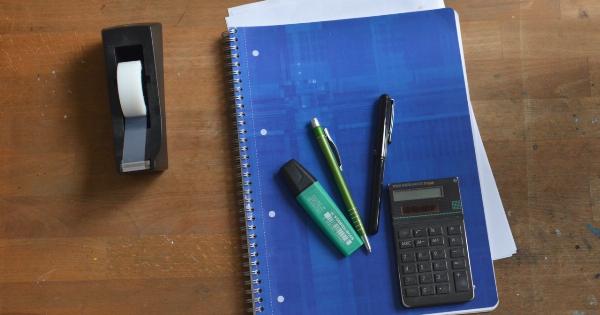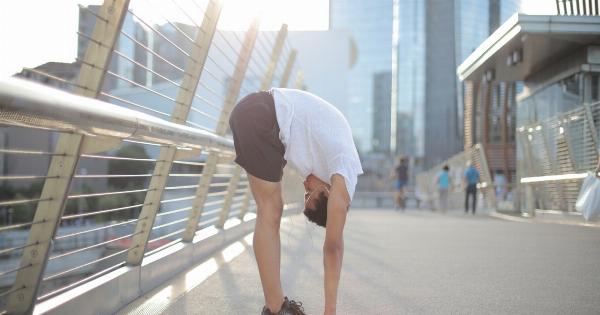Stairs are an inevitable part of daily life for many of us. Whether it is at home, work, or in public places, we regularly use stairs to go up and down.
While we may not usually think twice about it, the truth is, stairs pose a significant risk of accidents and injuries. In fact, according to the Centers for Disease Control and Prevention (CDC), falls are the leading cause of unintentional injuries and deaths among Americans aged 65 and older.
But why are stairs so dangerous, and what is the unconscious habit that makes us less careful on them? Let’s explore.
The Hazards of Stairs
Stairs are hazardous for several reasons. For starters, unlike flat surfaces, stairs have an incline, which requires us to use more effort and balance when climbing up or down.
Additionally, stairs often have uneven or slippery surfaces that can increase the chances of slipping, tripping, and falling. Furthermore, stairs may have inadequate lighting, handrails, or other safety features that can contribute to accidents.
Moreover, stairs can be daunting for individuals with mobility or vision impairments, chronic illnesses, or other conditions that affect their balance and coordination.
For instance, someone with arthritis, osteoporosis, or Parkinson’s disease may find it challenging to navigate stairs safely due to joint pain, weakness, or tremors. Similarly, individuals with visual impairments may have difficulty seeing the steps’ edges or detecting obstacles on the stairs, increasing the risk of falls.
The Unconscious Habit that Puts Us at Risk
Despite the inherent hazards of stairs, many of us tend to take them for granted, assuming that we know how to use them safely.
However, research suggests that there is one particular unconscious habit that makes us less careful on the stairs – texting while stairing.
In a study published in the Journal of Safety Research, researchers observed 185 individuals using stairs while engaged in either reading a text message or responding to a text message.
The study found that participants who texted while stairing were more likely to exhibit risky behaviors, such as missing a step by overstepping or understepping, not looking at the steps, or not using handrails. Furthermore, those who typed a message while stairing were more likely to be distracted and take longer to complete the task, increasing their exposure to the hazards of stairs.
The reason for this unconscious habit is what psychologists call “inattention blindness.” This phenomenon occurs when we focus on one task or activity, such as texting, and become oblivious to our surroundings, including potential hazards.
When we are using stairs, inattention blindness can prevent us from noticing uneven steps, wet surfaces, or other obstacles that can cause us to slip or fall. It can also impair our balance and coordination, making us more susceptible to accidents.
How to Avoid the Unconscious Habit and Stay Safe on the Stairs
Now that we know the danger of texting while stairing, it is crucial to take steps to break this unconscious habit and stay safe on the stairs. Here are some tips:.
- Avoid texting or using your phone while using stairs.
- If you must use your phone, stop on a flat surface, such as a landing, and finish your task before resuming your climb or descent.
- Always hold onto the handrail while using the stairs.
- Wear sturdy, comfortable shoes with non-slip soles when using the stairs.
- Be aware of your surroundings and potential hazards, such as wet or uneven surfaces, low lighting, or other obstacles.
- If you have mobility or vision limitations, consider using a mobility aid or seeking assistance from someone else.
- If you notice any safety issues with stairs, such as loose handrails or damaged steps, report them to the relevant authorities as soon as possible.
The Bottom Line
Stairs may seem like a simple and harmless part of our daily routine, but they can pose significant risks of accidents and injuries if we are not careful.
One unconscious habit that makes us less cautious on the stairs is texting while stairing, which can cause inattention blindness and increase the likelihood of falls. To stay safe on the stairs, it is essential to be aware of the hazards, avoid distracted behaviors, and take steps to mitigate the risks.































